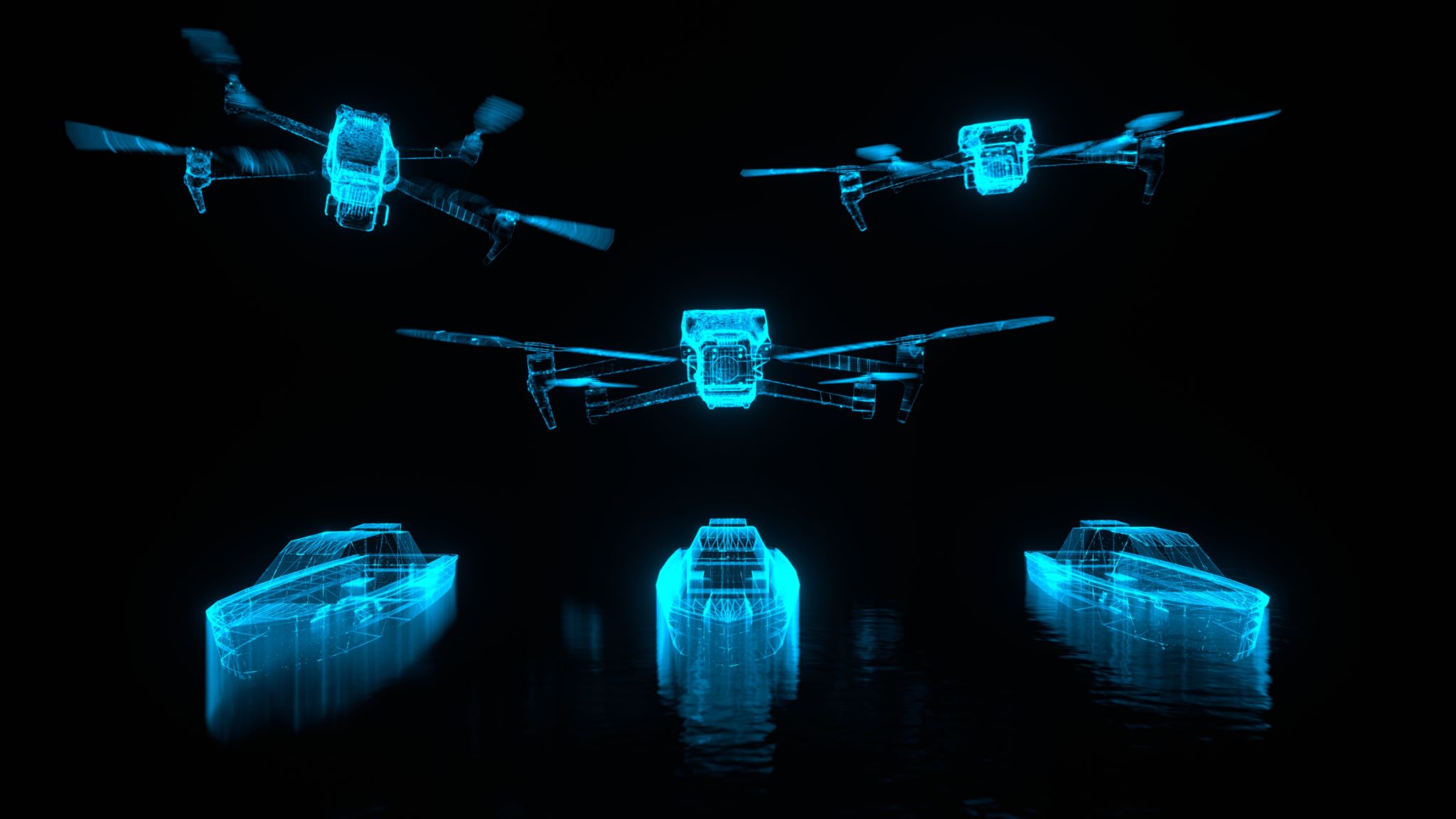The Future of Drones in Film Production: Emerging Trends and Technologies
The Rise of Drones in Film Production
In recent years, drones have become a pivotal tool in the film industry, offering filmmakers new perspectives and creative opportunities. As technology advances, the integration of drones into film production is set to grow even further, providing unprecedented capabilities that were once only imaginable. This transformation not only enhances the visual storytelling but also significantly reduces production costs.

Enhanced Cinematic Techniques
Drones allow filmmakers to capture breathtaking aerial shots that were once restricted to high-budget productions using helicopters. With the development of more sophisticated stabilization technologies and camera systems, drones can now deliver ultra-smooth footage that rivals traditional methods. These advancements enable filmmakers to be more creative with their shots, using unique angles and movements to tell compelling stories.
Moreover, the ability to fly close to subjects and navigate through tight spaces has opened new possibilities for dynamic and engaging cinematography. This flexibility allows directors and cinematographers to experiment with new visual styles that were previously unattainable.
Integration of AI and Machine Learning
Artificial intelligence (AI) and machine learning are set to revolutionize the way drones are used in film production. By incorporating AI, drones can autonomously track subjects, adjust camera settings, and even anticipate movements to ensure optimal framing and focus. This level of automation not only enhances the quality of the footage but also allows filmmakers to concentrate on the creative aspects of production.

Machine learning capabilities are also being developed to improve post-production processes. For instance, AI-driven software can analyze drone footage to identify the best shots, making the editing process faster and more efficient. This technological integration propels the use of drones from mere tools to intelligent collaborators in filmmaking.
Environmental and Cost Benefits
The use of drones in film production offers significant environmental benefits compared to traditional aerial filming methods. Drones require less fuel and have a smaller carbon footprint than helicopters, aligning with the industry's push towards sustainable practices. Additionally, drones are more cost-effective, reducing the need for expensive equipment and large crews, which can be particularly beneficial for independent filmmakers and small production companies.

By lowering the barriers to entry, drones democratize the filmmaking process, allowing more creators to bring their visions to life. This shift not only promotes diversity in storytelling but also encourages innovation and experimentation across the industry.
Future Trends in Drone Technology
As drone technology continues to evolve, several emerging trends are expected to shape the future of film production. Innovations such as extended battery life and enhanced connectivity will enable longer flight times and real-time data transmission, providing filmmakers with greater control over their footage.
- Swarm Technology: The development of swarm technology will allow multiple drones to work in unison, capturing complex scenes from various angles simultaneously.
- Advanced Sensors: Integration of advanced sensors will enhance obstacle avoidance capabilities, making drones safer and more reliable during shoots.
- Virtual Reality Integration: The incorporation of virtual reality (VR) could enable real-time visualization of drone shots in a 3D space, offering directors a new way to plan and execute scenes.
The future of drones in film production is promising, with these emerging trends set to redefine how stories are told on screen. As technology continues to advance, filmmakers will be equipped with powerful tools that not only enhance creativity but also streamline the entire production process. Embracing these innovations will undoubtedly lead to more immersive and visually stunning films in the years to come.
